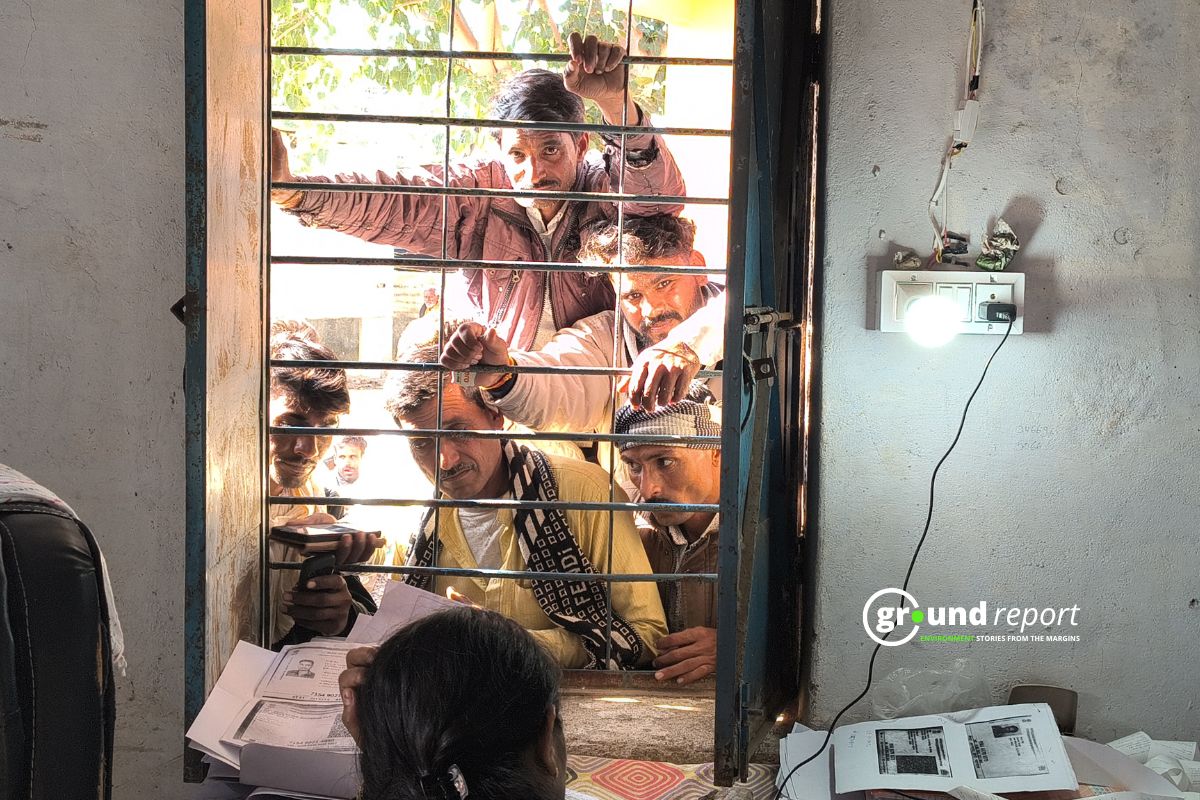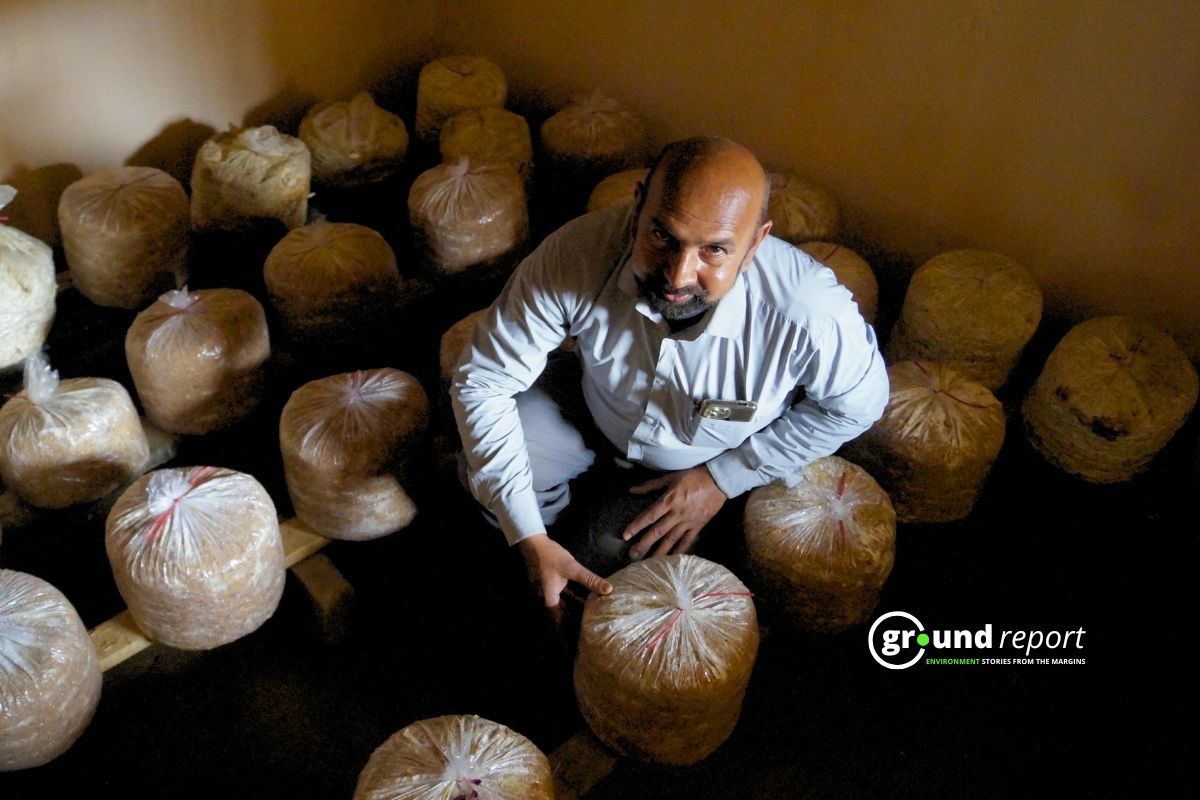India’s petrochemical industry is set to reach USD 300 billion by 2025. However, the rapid expansion of petrochemical complexes raises serious health concerns for nearby communities.
India’s petrochemical sector is growing due to changing consumer preferences, technological innovations, and rising demand. Government initiatives like “Make In India” and “Atmanirbhar Bharat” have fueled this expansion. The Ministry of Petroleum predicts a tripling of petrochemical demand by 2040, potentially reaching USD 1 trillion.
India’s petrochemical industry: Rapid expansion to $370B
In fiscal year 2022, India produced around 32 million metric tons of basic major chemicals and petrochemicals. The industry is highly diversified, making over 80 thousand products, establishing India as one of the world’s largest producers.
A March 2023 report by McKinsey & Company forecasts India’s petrochemical sector to grow at about 11% per year from 2021-27, reaching $100 billion in 2027. The growth is expected to continue, potentially expanding to $350-$370 billion by 2040, driven by increasing demand from consumer durables, packaging, e-commerce, and automotive industries.
India plans to increase investments in the petrochemical sector over the next 3-5 years to meet rising demand and lessen import reliance, as per the reports. Major players in the industry are making moves. Indian Oil Corporation (IOC) has announced a 3-MTPA project worth ₹61,000 crore at Paradip. Hindustan Petroleum Corporation (HPCL) and its joint venture HPCL-Mittal Energy have commissioned a 1.2-MPTA dual feed cracker plant. While its Rajasthan refinery is setting up a 2.4-MTPA capacity. Bharat Petroleum Corporation (BPCL) also plans a 1.2-MMTPA petrochemical project in Bina, expected to cost ₹49,000 crore.
A recent analysis by the Council for Energy, Environment and Water (CEEW), a New Delhi-based think tank, estimated a cost of over $10 trillion for upgrading renewable energy infrastructure across electricity, transport, building, and industry sectors to meet net-zero targets.
“If we are to account for the petrochemical industry emissions in future scenarios, data on energy use for plastic production, both as fuel and as feedstock – the raw material used but not burned during an industrial process – is essential,” surmised Vaibhav Chaturvedi, co-author of the Council’s report.
He added, “However, it is in the petrochemical sector’s commercial interests to introduce circular economies that allow plastics to remain in the industrial ecosystem, rather than find non-plastic-based alternatives.”
Environmental and health impacts
As the industry expands, concerns about its environmental and health impacts grow. Petrochemicals are used in products from plastics to pesticides and are derived from fossil fuels like coal, natural gas, and crude oil. Their production and use release harmful chemicals into the environment, exposing people to health risks overlooked in the pursuit of economic growth.
Dr. Tracey J. Woodruff, director of the UCSF Environmental Research and Translation for Health (EaRTH) Center, says, “Pollution is the leading cause of premature death globally, and petrochemicals are a major contributor.” People are exposed to petrochemicals through contaminated air, water, food, and daily products. Many endocrine-disrupting chemicals (EDCs) interfere with hormonal function and increase the risk of health problems, including cancer, cardiovascular disease, infertility, respiratory diseases, and neurodevelopmental disorders.
A 2022 study published in the National Library of Medicine emphasizes gravity, “The petrochemical industry uses many chemical substances, whose uncontrolled exposure could impact health over time.” This is evident in communities across India, including Panipat in Haryana.
Dr. James Shultz, associate professor at the University of Miami Miller School of Medicine, points out,
“The petrochemical infrastructure is often near low-income communities with limited political power.”
The JAMA Oncology paper cited one example, the February 2023 train derailment in East Palestine, Ohio. The train carried vinyl chloride, a carcinogen, and the toxic smoke from a controlled release lingered for days. Although East Palestine was not a marginalized community, it was in the midst of an airborne toxic event.
Dr Shultz explained,
“East Palestine is not a petrochemical centre, but the community experienced a derailment and chemical fire. Carcinogens may have seeped into the soil and aquifer, leading to higher future cancer risks. It’s a reminder of petrochemical risks.”
The petrochemical ecosystem poses two risks: human exposure to carcinogens and the acceleration of climate change. Each step in the extraction, processing, and transportation generates greenhouse gas emissions and propels climate change, worsening the potential of hurricanes, wildfires, and other extreme events. Dr. Shultz said,
“This puts cancer patients at elevated risk. Climate-driven disasters can damage cancer centres, disrupt vital therapies like radiation treatments, and displace cancer patients.”
Panipat’s IOCL plant faces severe allegations
Panipat has a petrochemical industrial unit run by Indian Oil Corporation Ltd (IOCL). In 2018, the sarpanch of Singapura Sithana, a village 1 km from the refinery, filed a case against IOCL in the National Green Tribunal (NGT) for severe allegations. The allegations included groundwater pollution, air quality deterioration, and negative health impacts on residents. A joint committee inspection revealed non-compliant effluent treatment plant samples, untreated effluent discharge, air quality exceeding norms, and volatile organic compounds (VOCs) causing eye irritation in locals.
The environmental compensation for these violations was Rs 659.49 crore. The CSIR-NEERI report to NGT estimated the health damage cost due to respiratory diseases at Rs 6.45 crore, affecting over 7,500 people between 2015 and 2019. These numbers only suggest the extent of human suffering.
Satnam Singh, the current sarpanch of Singapura Sithana, describes the grim daily life near the refinery. “Children as young as 5 use nebulizers and inhalers regularly to relieve breathlessness,” he told Down to Earth. This account is supported by local medical professionals.
Dr. Ramkaran Sindhal, a general physician in Sithana for over two decades, provides a comparison.
“I started my practice when the refinery became operational. In the last couple of decades, respiratory problems have risen by at least 40%, and skin problems by over 80%,” he says.
Widespread health risks near India’s 21 refineries
The situation in Panipat is not isolated. In 13 states, India has 21 petrochemical refineries, with a refining capacity of 29.16 million metric tonnes per year. The health impacts are widespread. The Indian Council of Medical Research projects a 12% increase in cancer cases in the next five years, with petroleum pollution as a major contributor. Living near petrochemical facilities is linked to higher rates of asthma and respiratory problems for both children and adults. Pregnant women in these areas face increased risks.
Workers in the plastic industry face chronic health risks like oxidative stress, metabolic damage to red blood cells, and potential liver cell necrosis. These risks are closely tied to the environmental effects of petrochemical industries. They release pollutants into the air, including particulate matter, CO2, oxides of nitrogen, hydrogen sulfide, benzene, and polycyclic aromatic hydrocarbons (PAHs).
Wastewater laden with compounds can severely impact aquatic ecosystems. Petrochemical waste leads to long-term soil pollution, affecting agriculture and human health. The industry significantly contributes to greenhouse gas emissions, exacerbating global warming.
Keep Reading
Tank under construction, dam under repair & Chanderi Village struggles for water?
Constructed wetlands can provide a solution for wastewater treatment
Indore Reviving Historic Lakes to Combat Water Crisis, Hurdles Remain
Jal Shakti Abhiyan: Catch the Rain 2024 Emphasizes Women in Water Conservation
Follow Ground Report for Environmental News from India. Connect with us on Facebook, Twitter, Koo App, Instagram, Whatsapp and YouTube. Write us at GReport2018@gmail.com and subscribe to our free newsletter.
Don’t forget to check out our climate glossary, it helps in learning difficult environmental terms in simple language.









